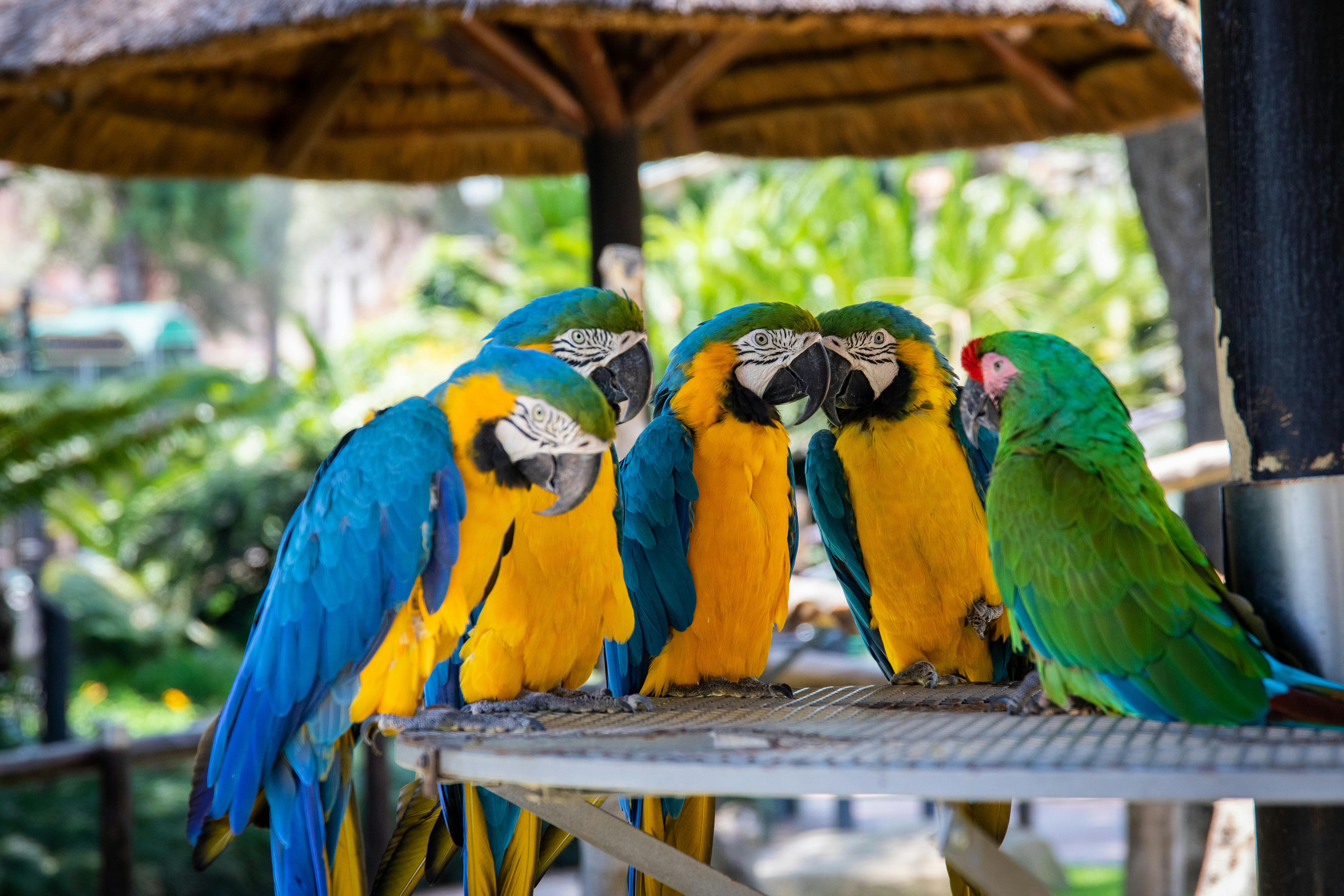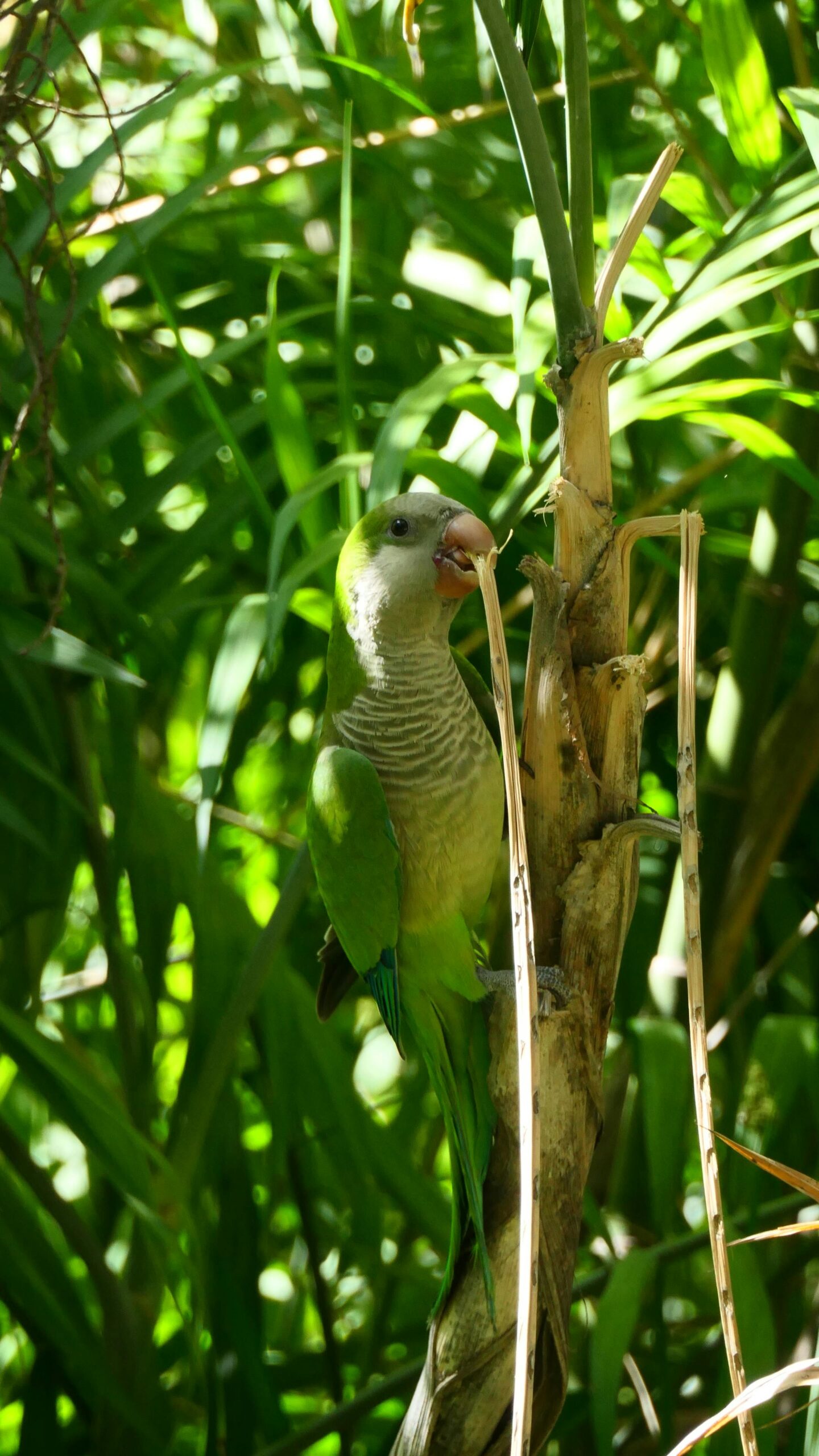Effective Ways to Train a Monk Parrot for Enhanced Communication in 2025
Understanding the Unique Personality of Monk Parrots
Monk parrots, also known as monk parakeets, are captivating pets that are recognized for their vibrant personalities and exceptional communication skills. Known for their intelligence and social nature, these birds thrive in interactive environments where they can learn and engage with their human companions. Understanding their unique personality traits is paramount to effectively training them and enhancing their communication abilities. Monk parrots exhibit a range of behaviors that reflect both their playful and inquisitive natures, making them not only entertaining but also rewarding pets.
Their ability to mimic sounds and phrases makes them popular choices for individuals looking to adopt a bird companion that contributes to dynamic household conversations. However, proper training techniques are essential to ensure that these skills are harnessed effectively. This article will guide you through the various methods to train your monk parrot, focusing on communication skills, socialization, and building a strong bond.
Identifying Monk Parrot Behavior Traits
Understanding your monk parrot’s behavior traits is the first step in creating a successful training regimen. These birds are often characterized by their playful demeanor, curiosity, and intelligence. They exhibit social behaviors that include vocalizing to attract attention and engaging in various activities when bored. Observing these traits helps owners anticipate their parrot’s needs and schedule training sessions when they are most receptive.
For instance, monk parrots often display excitement by chattering or mimicking sounds. Providing toys and engaging activities that cater to their playful nature can also aid in maintaining their interest during training sessions. By recognizing these behaviors, such as their preference for verbal communication, owners can tailor their training approaches accordingly.
The Importance of Socialization in Training
Socialization plays a crucial role in the communication skill development of monk parrots. From an early age, these birds should be exposed to various stimuli, including different people, sounds, and environments. This exposure helps them become well-adjusted and confident in their abilities to communicate with their owners and surroundings.
Engaging with your monk parrot regularly fosters trust and builds a strong bond, essential for effective training. Regular interaction helps them feel secure, making them more likely to engage in training activities. Techniques like positive reinforcement, where desirable behaviors are rewarded, can significantly enhance socialization efforts. This leads to a more sociable pet, eager to learn and vocalize.
Effective Training Techniques for Enhanced Communication
With an understanding of your monk parrot’s personality and the significance of socialization, you are ready to explore effective training techniques. The goal is to promote their communication skills while keeping them engaged and excited about learning.
Step-by-Step Training Process
Implementing a structured training process is vital for success. Begin with short, frequent training sessions that focus on simple commands or sounds. Use clear, consistent verbal cues and gestures that your parrot can associate with specific actions or behaviors. This clarity drives home the connection between their behavior and the training commands.
The session length should be limited to around 5-10 minutes to maintain focus and prevent overwhelming your pet. Over time, gradually increase the complexity of the tasks as they learn to ensure continued engagement and challenge.
Using Positive Reinforcement Strategies
Positive reinforcement is one of the most effective training methods for monk parrots. This technique involves rewarding desired behaviors with treats, praise, or playtime. When your parrot successfully mimics a sound or follows a command, immediately provide a reward to reinforce the behavior. This encourages them to repeat the actions, strengthening their communication skills.
Moreover, the type of rewards should be varied and appealing to sustain their interest. Experiment with different treats or praise levels to find what motivates your bird the most. Remember to be patient, as consistent reinforcement leads to better long-term results.
Engaging Activities to Enhance Learning
Incorporating engaging activities into training sessions can dramatically improve communication skills. Toys designed for mental stimulation, such as puzzles or sound-making devices, not only stimulate your parrot’s intellect but also encourage them to explore sounds and words in a playful context. This not only enhances their cognitive abilities but also promotes an entertaining learning environment.
Scheduled play sessions that allow for exploration and social interaction will further reinforce their training. Activities such as gentle handling or supervised free-flight can improve their confidence and leadership skills, aiding communication. Always ensure these activities are safe and supervised to maintain your monk parrot’s health and well-being.
Creating an Enriching Environment
Healthy communication also stems from an enriching living environment. Monk parrots require a space that supports their natural behaviors and encourages exploration. In addition to a well-structured diet, this environment should facilitate mental and physical activities, enabling them to communicate and socialize effectively.
Setting Up the Ideal Habitat
When setting up your monk parrot’s habitat, consider their specific needs for space and social interaction. Monk parrots thrive in roomy cages equipped with various perches, toys, and climbing structures to keep them active. The layout should offer opportunities for exploration, as this fosters their natural instincts and keeps boredom at bay.
Utilizing safe materials in their habitat, free from harmful chemicals, is essential for their safety. Regularly changing and rearranging toys and perches can provide new challenges and stimulate their curiosity, enhancing their environment further.
Seasonal Changes and Monk Parrot Care
Seasonal changes can impact your monk parrot’s behavior and communication abilities. Whether it’s summer or winter, adjustments in their habitat may be necessary to ensure their comfort and well-being. Monitoring temperature and humidity levels within their environment is crucial, as these factors can affect their health and activity levels.
Additionally, consider how their diet may need to change with the seasons. Fresh fruits and vegetables should be incorporated regularly, adjusting based on availability and seasonal offerings. This adds variety to their meals while ensuring they receive adequate nutrition throughout the year.
Common Training Obstacles and Solutions
Training any pet comes with its challenges, and monk parrots are no exception. Being aware of potential obstacles can significantly improve your training experience.
Identifying Behavioral Issues
Recognizing signs of stress or anxiety in your monk parrot is vital to effective communication. Changes in vocalization, feather puffing, or biting can indicate discomfort. Addressing these issues early can prevent further complications. The environment should be regularly assessed to identify areas where your parrot may feel insecure.
Building trust and ensuring that they feel safe in their surroundings encourages open communication, making them more willing to participate in training. Patience and understanding are key when working through behavioral issues.
Adjusting Training Methods for Individual Needs
Every monk parrot is unique, showcasing different personality traits and learning styles. Training methods may need to be adapted to suit each bird’s temperament. For example, some monk parrots may respond better to visual cues, while others excel with auditory signals. Tailoring your approach to their needs can yield better results in training and communication.
Additionally, be prepared to change strategies if a particular method isn’t yielding results. Flexibility is essential in maintaining engagement and promoting learning.
Frequently Asked Questions About Monk Parrots
What are the key factors in monk parrot training?
The most important factors include consistent positive reinforcement, an engaging environment, and understanding your bird’s unique personality. Establishing trust and communication are the foundations for effective training.
How can I improve my monk parrot’s vocabulary?
To enhance your monk parrot’s vocabulary, consistently use specific words or phrases during your interactions. Rewarding mimicking behavior will encourage them to repeat sounds, broadening their communication skills.
What toys support communication development in monk parrots?
Interactive toys that promote engagement and socialization, such as puzzles and varied texture toys, can help foster communication skills. Incorporating items that make sounds can be particularly beneficial.
Can environmental changes affect my monk parrot’s training?
Yes, environmental factors like temperature changes or cage relocation can impact behavior and communication. Maintaining a stable and enriched habitat is essential for optimal training and communication.
How do I recognize signs of stress in my monk parrot?
Signs of stress include excessive vocalization, feather plucking, or changes in eating habits. Monitoring these behaviors helps address any concerns promptly, promoting a healthier training environment.

Conclusion: Building a Communication Bridge with Your Monk Parrot
Training a monk parrot requires time, patience, and an understanding of their unique needs. With the right techniques and motivating environment, these intelligent birds can become adept communicators, enriching their interactions with you. Emphasizing socialization, providing mental stimulation, and recognizing individual characteristics will deepen the bond between you and your feathered friend.
By following these guidelines, you can ensure your monk parrot thrives both in their communication abilities and overall well-being, making them cherished companions in your home.

